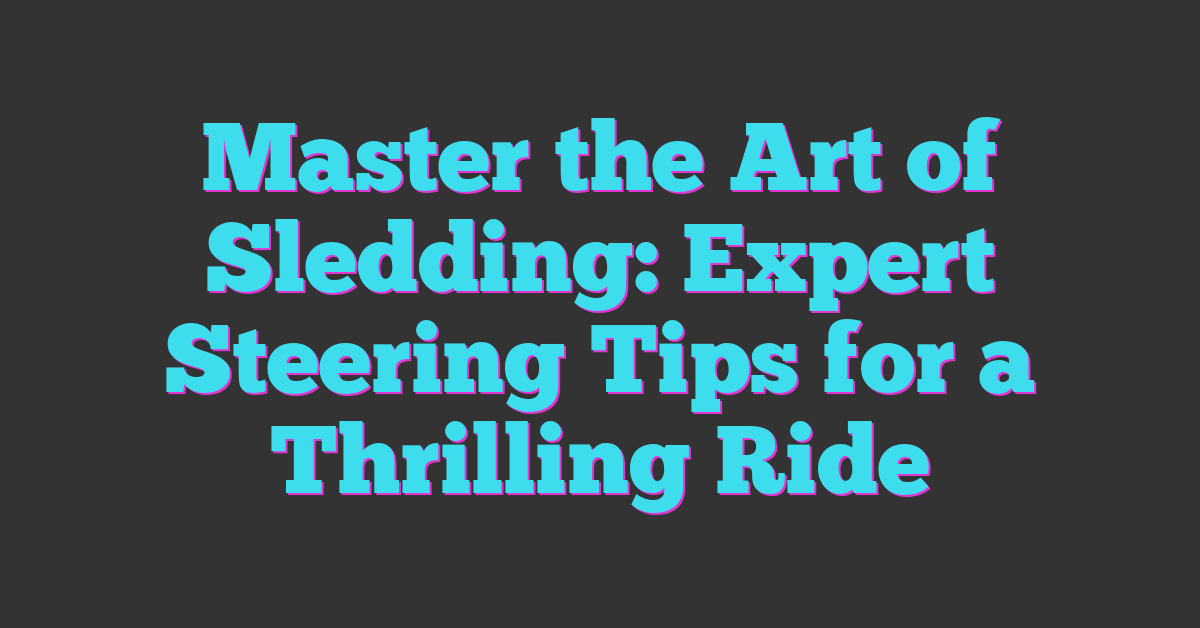When it comes to hitting the slopes, the type of snowboard base material can make a world of difference in your ride. If you’re on the hunt for the perfect board, understanding the differences between sintered and extruded bases is key. Each material has its own unique characteristics that can enhance your performance and enjoyment on the mountain.

Sintered bases are known for their durability and ability to hold wax, making them ideal for those who crave speed and longevity. On the other hand, extruded bases offer a more budget-friendly option, perfect for beginners or casual riders. Let’s dive deeper into these two materials and discover which one suits your snowboarding style best.
Overview of Snowboard Base Materials
Snowboard base materials play a crucial role in your riding experience. Understanding the differences between sintered and extruded bases helps you make an informed choice.
Sintered Bases
- Durability: Sintered bases feature a solid construction, enhancing resistance to scratches and damage. They withstand rough conditions, perfect for aggressive riding.
- Wax Retention: Sintered bases absorb wax well, meaning they maintain speed longer. This advantage keeps you gliding smoothly through fresh powder and icy patches.
- Repairability: Sintered bases are easier to repair due to their robust material. You can fix minor damages without replacing the entire base, extending the lifespan of your board.
Extruded Bases
- Affordability: Extruded bases typically cost less than sintered options. This price point makes them accessible for beginners or casual riders looking to enjoy snowboarding without breaking the bank.
- Speed: While not as fast as sintered bases, extruded bases provide adequate speed for leisure riding. They work well on groomed runs, ensuring you enjoy your time on the slopes.
- Maintenance: Extruded bases require less maintenance, making them user-friendly. You won’t spend as much time waxing or tuning your board, allowing more time for enjoyment on the mountain.
Choosing between sintered and extruded bases depends on your riding style and preferences. Each offers unique benefits tailored to specific types of snowboarding experiences.
Sintered Base Materials
Sintered base materials excel in performance and durability, making them a top choice for serious snowboarders. If speed and longevity are your priorities, sintered bases deliver the goods.
Composition and Structure
Sintered bases consist of individual polyethylene particles that undergo a sintering process. This process fuses the particles under high heat and pressure, creating a dense, durable layer. The result is a porous structure that allows for better absorption of wax, enhancing glide and reducing friction. Sintered bases often feature a more complex molecular structure, which adds to their resilience against wear and tear caused by rough terrains. Brands typically use this type of base for high-performance models, catering to riders who push themselves in challenging conditions.
Performance Characteristics
Sintered bases offer superior wax retention compared to extruded options. You’ll notice their ability to hold wax longer, providing sustained speed over longer runs. These bases maintain excellent glide on both powder and groomed trails, making them perfect for various snow conditions. The durability of sintered bases means they’re more resistant to scratches and gouges, giving you added confidence when tackling rocky terrain. Repairs are also straightforward because many sintered bases can be easily p-tex repaired, allowing you to get back to riding without unnecessary downtime. Overall, if you thrive on speed, aggressive descents, and demanding runs, sintered bases are the clear choice to amplify your snowboarding experience.
Extruded Base Materials
Extruded bases offer a great combination of affordability and functionality, making them an attractive option for beginners and casual riders. Understanding their composition, structure, and performance characteristics helps you appreciate these bases better.
Composition and Structure
Extruded bases are made from a continuous sheet of polyethylene that’s formed under heat and pressure. This production method results in a less dense material compared to sintered bases. While extruded bases might not absorb wax as effectively, they still manage to provide a decent ride. The surface of extruded bases tends to be smoother, allowing for easier production and cost-efficiency. Plus, these bases are typically lighter, which can benefit your overall board performance.
Performance Characteristics
When it comes to performance, extruded bases shine in specific scenarios. They offer adequate speed on groomed trails, making them suitable for leisurely rides or those just starting out. Extruded bases excel in low-maintenance settings; minimal waxing keeps the board gliding well, which is a bonus for busy riders. Although extruded bases aren’t as durable as sintered options, they handle typical wear and tear from park features or mellow slopes surprisingly well. If you’re focusing on fun, smooth rides rather than aggressive carving or high-speed performance, extruded bases can meet your needs effectively.
Comparison of Sintered and Extruded Bases
When it comes to choosing the right snowboard base material, understanding the key differences between sintered and extruded bases makes a significant impact on your performance and enjoyment on the slopes. Let’s dive into the details.
Durability and Maintenance
Sintered bases boast impressive durability. They’re made from individual polyethylene particles fused under high heat and pressure, creating a robust structure that withstands the harshest conditions. You’ll find them resistant to scratches and gouges, essential for navigating rocky terrains or hitting jumps. When it comes to maintenance, sintered bases trap wax effectively, allowing you to achieve smoother, faster rides without constant upkeep. Even if they do get damaged, repairing sintered bases is straightforward, meaning you’ll spend less time worrying about your gear and more time riding.
Extruded bases, while not as durable, still perform well for casual use. They’re formed from a continuous sheet of polyethylene, resulting in a lighter material that handles normal wear and tear effectively. The trade-off is that they don’t retain wax as well, which can lead to the need for more frequent waxing sessions. However, their easy production process means they’re often less expensive, making them attractive choices for beginners or those who prefer leisurely outings on the groomed trails.
Speed and Glide Performance
In terms of speed and glide, sintered bases shine. Those little polyethylene molecules work together to create a dense, porous structure that absorbs wax and provides a slick surface. This means sintered bases maintain their speed even across varied snow conditions. If you love carving down steep lines or flying through powder, sintered bases will give you that extra edge you crave.
On the other hand, extruded bases offer a more moderate performance. They glide smoothly, especially on groomed trails, making them adequate for easy-going rides. While they won’t match the speeds of sintered bases, they still provide a fun experience for those who enjoy laid-back snowboarding. If you find joy in leisurely rides and don’t focus on racing down the mountain, extruded bases will serve you well.
Understanding these differences allows you to choose the right snowboard base that aligns with your riding style and preferences. Whether you prioritize speed and performance or enjoy carefree rides, the material you select impacts your winter sports experience.
Conclusion
Choosing between sintered and extruded snowboard bases ultimately comes down to your riding style and preferences. If you crave speed and performance on challenging terrains sintered bases are your best bet. They’ll keep you gliding smoothly while handling the rigors of aggressive riding.
On the other hand if you’re just starting out or prefer a more laid-back experience extruded bases offer a great value. They’re user-friendly and perfect for enjoying leisurely rides on groomed trails.
Whichever you choose make sure it complements your snowboarding journey. Happy shredding!











